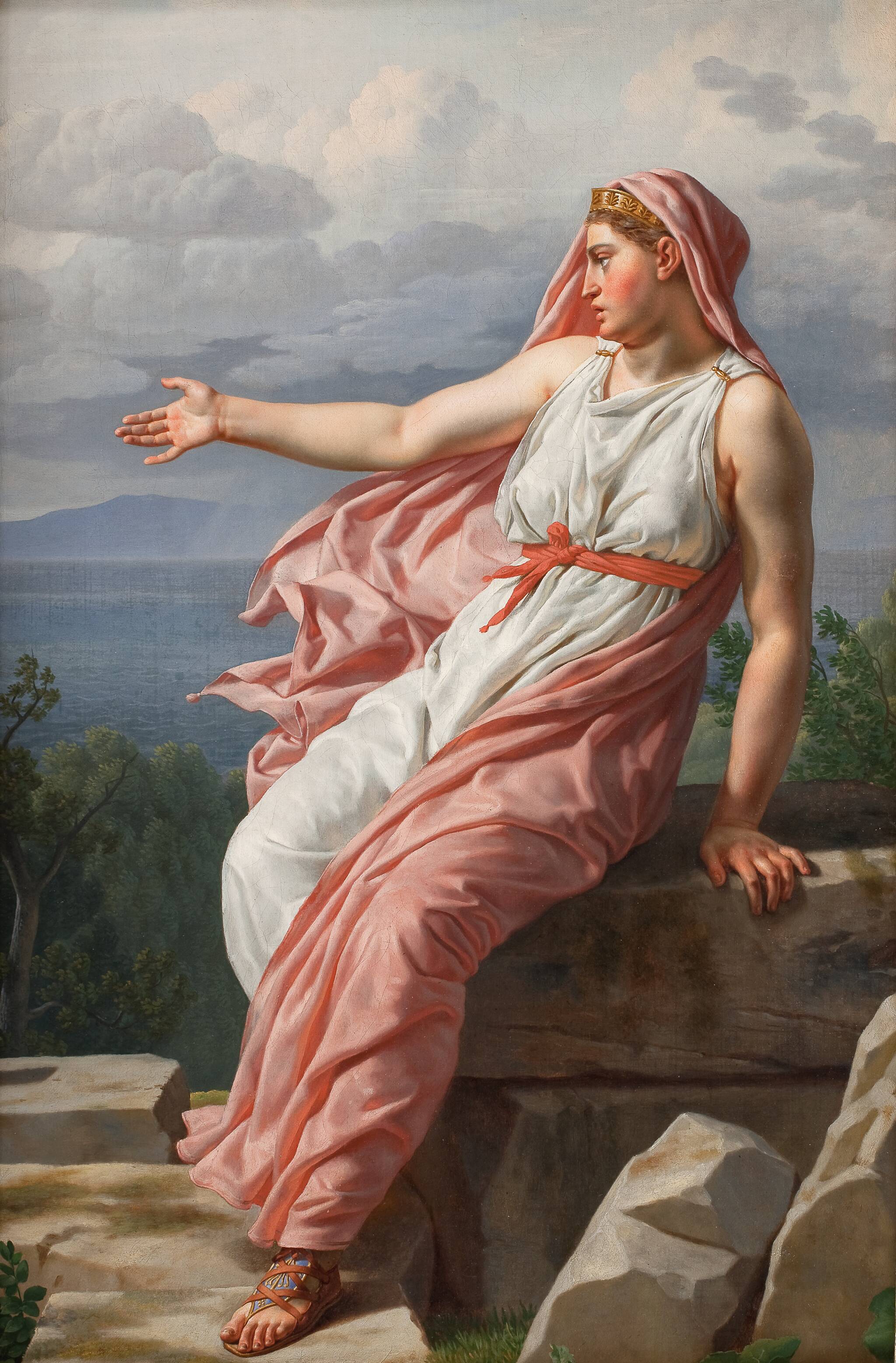Ronit Baranga is a contemporary Israeli artist who lives and works in Israel.
As a sculptor and installation artist, she creates figurative art on the border between living and still life, dealing with emotional states and relationships.
Her work has been displayed in museums and galleries around the world and is a part of many museum and private collections. Key exhibitions include Banksy’s group exhibition "Dismaland" and numerous solo and group exhibitions in New York, Istanbul, Taiwan, China, Germany, Tel-Aviv and Australia.
Baranga holds a B.A. in Psychology and Literature from Haifa University, studied Art History in Tel-Aviv University, and Fine Arts in Beit Berl College ('HaMidrasha'), Israel.







.jpg)
.jpg)





